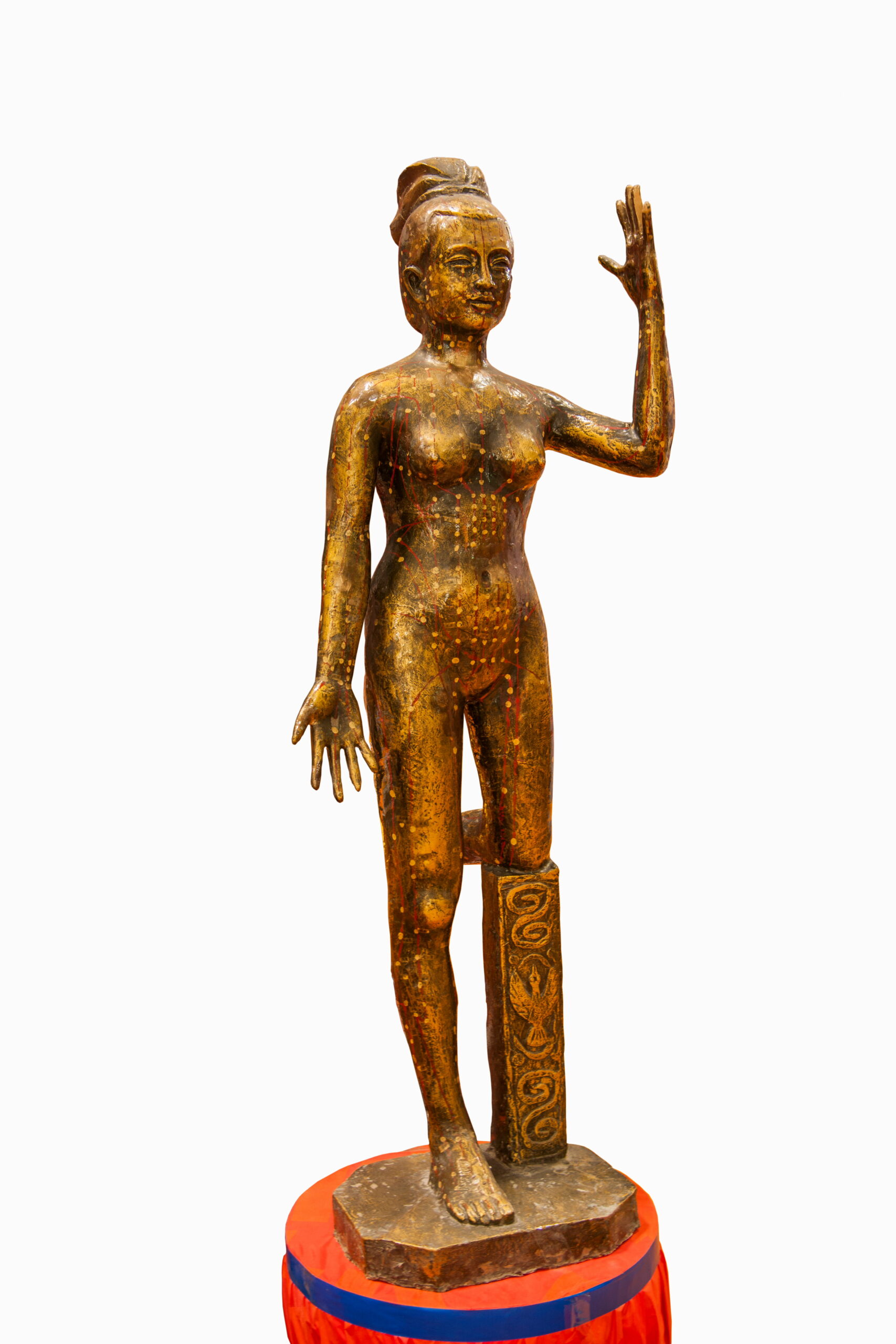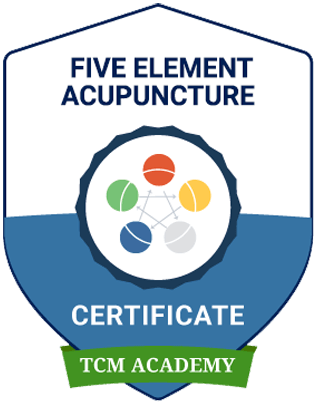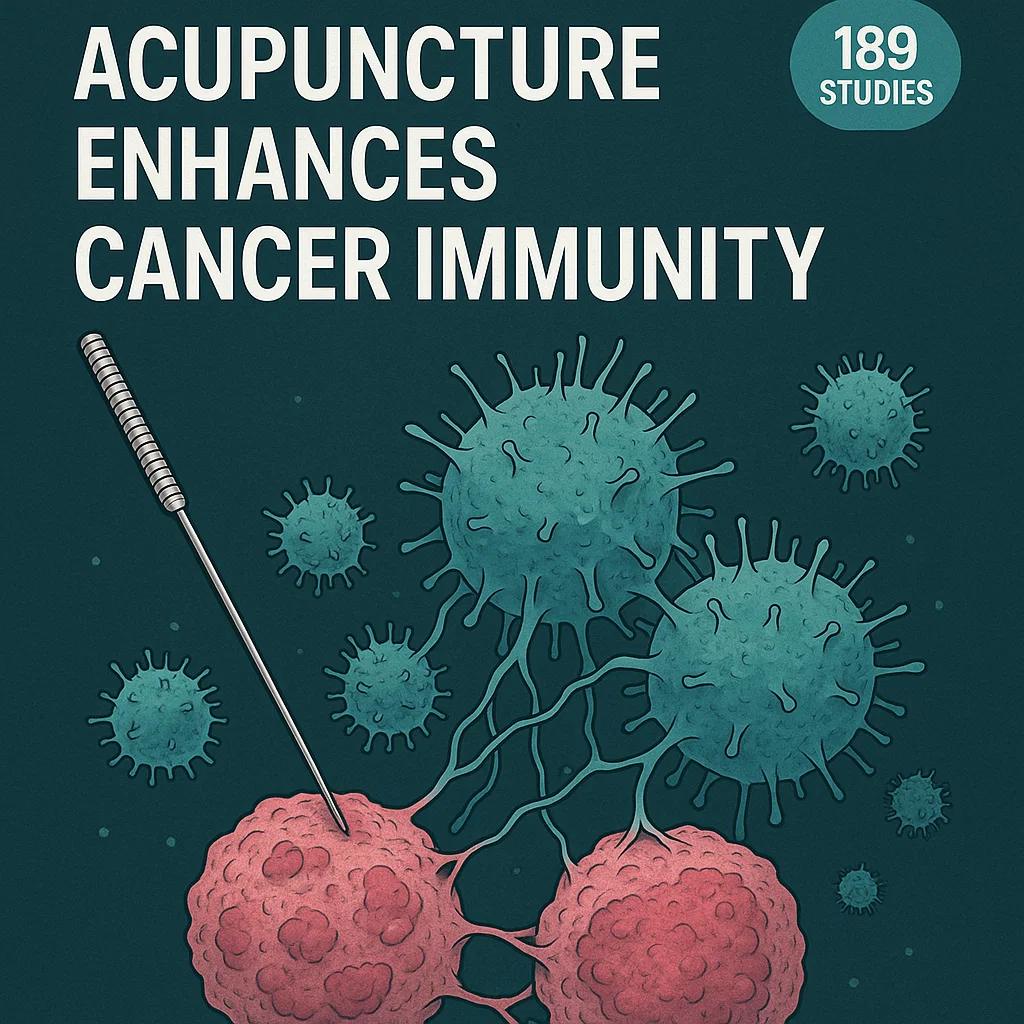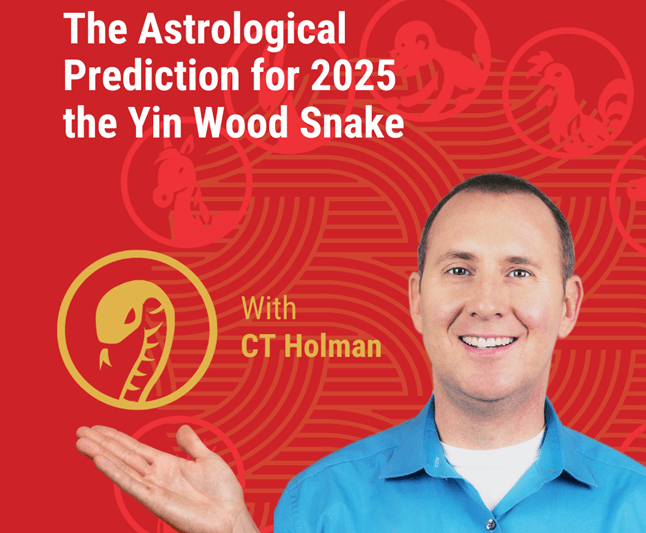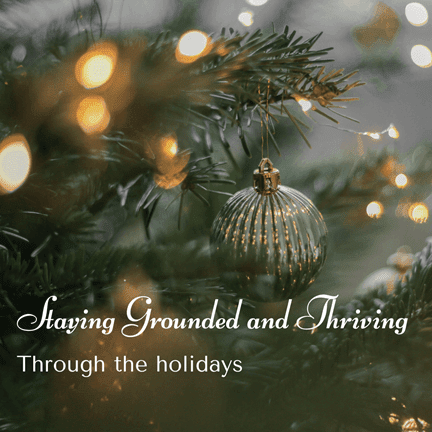The Inner Development of the Practitioner
An excerpt from "Five Element Constitutional Acupuncture" by Angela Hicks, John Hicks, Peter Mole, Chapter 6
Republish here with permission if the author
INTRODUCTION
Throughout the history of Chinese medicine it has been understood that the individuality of the practitioner has an enormous effect on the efficacy of acupuncture treatment. With its emphasis on treating at the subtlest levels of the person’s qi, it is natural that many practitioners of Five Element Constitutional Acupuncture place a great deal of importance on their internal state.
Wu was the ancient character for a healer or physician. This character depicts a female shaman below a quiver with an arrow and a spear (Weiger, 1965, lesson 82a).
In the Shang dynasty, the era preceding the time of the Nei Jing, medicine was largely practised by shamans who lived in the community. It was accepted that certain people had the gift to be a shaman or a physician and that this talent was not available to everyone. The Nei Jing, however, ushered in an era where diagnosis was based on more systematic criteria such as yin/yang and the Five Elements. The gifts and skill of the person carrying out the diagnosis and treatment were still considered to be of crucial importance, however. The significance of this expertise is emphasised in the following quotation:
If someone says that an illness that has persisted for a long time cannot be removed his statement is wrong. When someone who is an expert in utilising the needles removes such an illness, it is as if he has pulled out a thorn, as if he has cleansed what is soiled, as if he untied what is knotted, and as if he opened what is blocked. Even though an illness has persisted for a long time, it can likewise be brought to an end. Those who state that such illnesses cannot be cured have not yet acquired the respective skills.
(Ling Shu, Chapter 1)
Sheng ren is the phrase used in the Nei Jing to describe the most accomplished physicians. Weiger translates it a ‘sage’ or ‘wise man’ who ‘listened to and understood the advice given by the sage and thus becomes wise’ (Weiger, 1965, p. 211). Richard Wilhelm says that a sheng ren ‘through his power awakens and develops people’s higher nature’ (Wilhelm, 1951, p. 3).
Inevitably there are differences in how each individual practitioner’s qualities are perceived (see Hsu, 1999, pp. 94–104). In the competitive world of Chinese medicine in China today, doctors who have a busy practice and a good reputation are said to have jingyan. Although usually translated as ‘experience’ the word means much more than that. An experienced but unpopular doctor does not have jingyan. ‘Virtuosity’ (linghuo), which can be found in excellent physicians of any system, is part of what is conveyed by jingyan. Acquiring jingyan is a realistic goal for practitioners and a necessary one if they aspire to attain at least some of the attributes of a sheng ren.
Whether a man goes on living in health, or whether a disease arises; whether it is in the human power to control it, and whether the patient can be cured; whether one is only at the beginning of the study of acupuncture (and moxibustion), or whether one has come to the fullness of it – all depends (on an understanding of the functions of) the twelve-tract network system of yang and yin channels. To the slap-dash practitioner or the tyro [a beginner, a novice] it all seems very easy; only the great physician knows how difficult it really is.
(Ling Shu, Chapter 11; Lu and Needham, 1980, p. 28)
WHY IS INNER DEVELOPMENT IMPORTANT?
Practitioners cultivate their virtuosity (linghuo) because it enhances their ability to make accurate diagnoses and give effective treatments.
Diagnosis
Signs versus symptoms
When carrying out a diagnosis, a practitioner needs to understand the patient’s signs and symptoms. Diagnosis based on signs is far more difficult to practise than one based on symptoms. A diagnosis based on symptoms can be made from a transcript of a patient’s case history, but it will not help the practitioner to understand subtler aspects of the patient. Diagnosis of the CF is made from observable signs and can only be made by using a combination of sensory acuity and intuition (zhiguan). This allows practitioners to perceive patients’ emotional balance and temperament.
This was described by Chuang Tzu as follows:
The hearing that is only in the ears is one thing. The hearing of the understanding is another. But the hearing of the spirit is not limited to any one faculty, to the ear, or to the mind. Hence it demands the emptiness of all the faculties. And when the faculties are empty, then the whole being listens. There is then a direct grasp of what is right there before you that can never be heard with the ear or understood with the mind.
(translation from Merton, 1970, Chapter 4).
The emphasis on diagnosing the relative imbalance of patients’ emotions requires practitioners to relate to the emotional life of the patient. Practitioners must be able to induce patients to reveal aspects of their inner selves in order to assess the balance of the key five emotions. To do this practitioners must make excellent rapport with their patients.
If a man is brusque in his movements, others will not co-operate. If he is agitated in his words, they awaken no echo in others. If he asks for something without having first established relations, it will not be given to him.
(Confucius; Analects)
The practitioner’s internal state
Practitioners also need to be aware of their own emotions. Because of their own constitutional imbalances and emotional predispositions, practitioners may find it more difficult to experience some emotions than others. This is especially the case if they have emotions that are intense. Some practitioners, for example, are in denial of their own grief or sadness. They therefore do not feel comfortable exploring these areas in someone else. This can result in them having little idea of what really troubles the person. Some practitioners can find it hard to be very sympathetic or difficult to fully recognise the extent of fear in another person. If these limitations are overcome the practitioner’s diagnostic abilities can reach their full potential.
Cultivating awareness
When using this style of acupuncture it is necessary to cultivate an attitude of highly focused awareness in order to make a diagnosis. The practice of Five Element Constitutional Acupuncture becomes sterile and inadequate unless practitioners are constantly vigilant. Practitioners need to listen to the nuances in the voice, observe the facial colour, attempt to discern an odour and perceive emotions arising in the patient. It is this vigilance and awareness that enables the practitioner to make diagnosis a stimulating ongoing process.
If the patient has been separated from his relatives for long and has become worried as a result, then the emotions of worry, fear, joy and anger may undergo irregular changes which could cause an empty deficiency of the five viscera with the blood and qi departing from their usual guarding positions. A physician cannot be regarded as a good one unless he can detect such things in his diagnosis.
(Su Wen, Chapter 76; Lu, 1972,)
Achieving and maintaining this level of awareness is dependent upon the internal condition of the practitioner.
Presence
Another important aspect of diagnosis is the quality of attention the practitioner gives to patients. When practitioners are completely present for their patients they can hear and accept what patients tell them without feeling a need to make their patients change. This special quality enables patients to feel accepted and acknowledged so that they can more easily accept themselves. Over time this allows patients to build trust in the practitioner so that they can open up and reveal parts of themselves they have previously kept hidden. By revealing these parts the practitioner understands and connects to deeper aspects of the patient’s mind and spirit. (For more on making rapport, see Chapter 24, this volume.)
To develop presence the practitioner needs to cultivate a state of focused awareness, coupled with a quality of self-acceptance. Practitioners who strive to accept themselves are likely to also accept whatever arises from their patients. The quality of attention given to the patient by the practitioner helps to develop a deep level of rapport and trust which is of prime importance, not only for diagnosis but also for treatment.
Treatment
In the practice of medicine, rapport is often taken to mean that the practitioner and patient are getting along well and a therapeutic relationship has been established. Practitioners of Five Element Constitutional Acupuncture know that rapport needs to be significantly more than this. The contact between the practitioner and patient potentiates the treatment itself. This in turn evokes change in the patient’s mind and spirit. The degree to which the qi of the practitioner harmonises with that of the patient influences the efficacy of each act of needling.
If two are similar, they will coalesce. If notes correspond they will resonate.
(Chun Qiu Fa Lu, approx. −200; quoted in Needham, 1956, p. 281)
Ideally at the moment of needling, the patient feels relaxed and secure with the practitioner. This enables her or him to be receptive to the change that is being initiated by needling the acupuncture point.
In the mind of the physician there should be no desires, only a receptive and accepting attitude, then the mind can become shen. The mind of the physician and the mind of the patient should be level, in harmony following the movements of the needle.
(Da Cheng; Zhen, 1996)
It is the inner development of practitioners that enables them to achieve the levels of awareness and depth of rapport needed in the treatment room.
MAXIMISING RAPPORT AND INCREASING THE EFFICACY OF TREATMENT
Practitioners accumulate jingyan through their own experience of life. It is not possible for a physician to lead an ‘unexamined’ life with no regard for morality or self-development and expect to attain significant amounts of jingyan. Sun Si-miao summed it up like this: ‘The superior physician strives for a pure spirit and looks inward.’
Wu wei – non-action
Daoism has a concept of wu wei which has often been mistakenly translated as ‘non-action’. What the Han dynasty Daoists meant by wu wei, however, was ensuring that all action was in accord with the nature of the particular time. One of the key emphases of the I Ching is to help a person gain an understanding of the particular time or situation present. Wu wei is action that is driven by the needs of the situation rather than by the person’s needs or desires. For the Han dynasty Daoists living in harmony with nature was essential to living and acting in harmony with the needs of the time and situation. As it says in the Huainanzi: ‘The sages in all their methods of action follow the nature of things’ (Morgan, 1877).
The transition of the seasons, and the lessons learnt from them about humanity and the dao of Heaven and Earth are timeless.
Living in harmony with nature
The Nei Jing has many exhortations for people to live according to the principles that underpin the system of medicine.
In ancient times, people lived simply. They hunted, fished and were with nature all day. When the weather cooled, they became active to fend off the cold. When the weather heated up in summer, they retreated to cool places. Internally their emotions were calm and peaceful and they were without excessive desires. Externally they did not have the stress of today. They lived without greed or desire, close to nature. They maintained inner peace and concentration of spirit … This prevented the pathogens from invading.
(Ni, 1995, Chapter 13)
Spending time outside being in direct contact with Heaven and Earth and observing the different energetic qualities of the seasons and the times of day, has been a source of inspiration for many practitioners. As well as helping them to maintain good health, it also helps them to create and sustain concentration and purpose. This is necessary in order to give high-quality acupuncture treatments as well as deepening their understanding of the Five Elements and yin/yang.
Five Element Acupuncture Program
Transform Your Acupuncture Practice with the Top World Experts, Peter Mole & Danny Blythe
New cohort starts March 2024
About the Book
Read the complete chapter when buying the book
The Five Elements referred to in the title are Wood, Fire, Earth, Metal, and Water.
Gives a clear, detailed and accessible presentation of the main features of Five Element Constitutional Acupuncture treatment.
Covers the context and history of this form of acupuncture, as well as the relevant Chinese medicine theory.
Includes an unambiguous description of the principle aspects of diagnosis within a system, ironing out inconsistencies often present in discussions of these aspects.
Peter Mole After finishing studying Modern History at Oxford University and living in India for over a year Peter started training to be an acupuncture practitioner in 1976.
He studied and worked with JR Worsley until 1992, receiving his Master of Acupuncture qualification from him in 1984.
Peter studied TCM in the 1980s. He has been teaching acupuncture since 1983, first in Leamington Spa at the College of Traditional Acupuncture and since 1993 at the College of Integrated Chinese Medicine in Reading, where until 2003 he was the Dean.
Peter is the author of a book for the general public, Acupuncture for Body, Mind and Spirit, and he is the co-author of the text book Five Element Constitutional Acupuncture. He has lectured on Five Element acupuncture in Europe, the U.S. and Israel.
He was a founding council member and is a Fellow of the British Acupuncture Council.
Peter’s style of acupuncture is an integration of the Five Element Constitutional style with TCM. He is particularly interested in how the person’s emotions, the internal causes of disease, affect their psychological and physical complaints.

